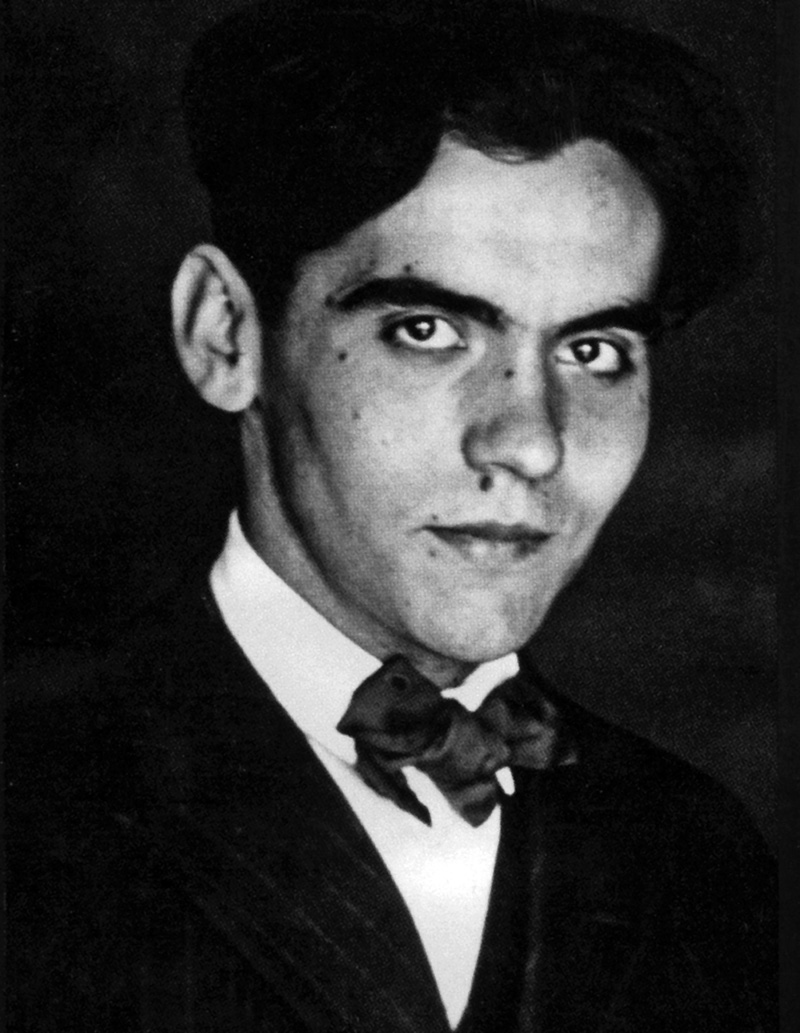The adolescent Federico García Lorca, still attracted by music, which he considered his main vocation, soon came into contact with a tertulia of young creators in the Alameda café, which they christened El Rinconcillo. At the back of the café, behind the small stage where a string quintet with piano performed, there was “a large corner where two or three tables with comfortable couches against the wall could fit” in which the young customers set up their headquarters.
The founding of El Rinconcilllo was a consequence of the decline of the Centro Artístico from which its more nonconformist members had separated because of their “provincialism” and their attachment to the more traditionalist plastic arts.
Proof of this open and universal spirit of the Rinconcillistas is that two of its most active members soon ended up in Paris: Manuel Ángeles Ortiz, a disciple of Picasso, and Ismael González de la Serna. Immediately Federico and Francisco García Lorca or the language teacher Melchor Fernández Almagro also went to Madrid.

Other rinconcillistas were Francisco Soriano Lapresa (leader of that cenacle without bosses), Hermenegildo Lanz (engraver, scenographer and professor), Juan Cristóbal (sculptor), José Mora Guarnido (diplomat) and the journalist Constantino Ruiz Carnero. In addition to the regulars, there were the rinconcillistas who passed by: a long list of eminent personalities of the time.
There were also imaginary tertulianos conceived for fun and irony. One of the happiest finds of the members of the tertulia was the invention of the poet Isidoro Capdepón Fernández, a supposed bard from Granada who, after emigrating to Guatemala, had returned covered in laurels. Capdepón, an apocryphal and collective poet, was a sort of anti-hero who represented “all the rhetoric in use at the beginning of the century, of the latiguillo and the sonsonete, of the rhetorical floripondio, the versito de abanico, the commemorative ode”. Another of the characters invented by the rinconcillistas, from the word “converge”, was the improbable Swedish composer Konverghen, to whom they attributed a copious work that they later made known everywhere.